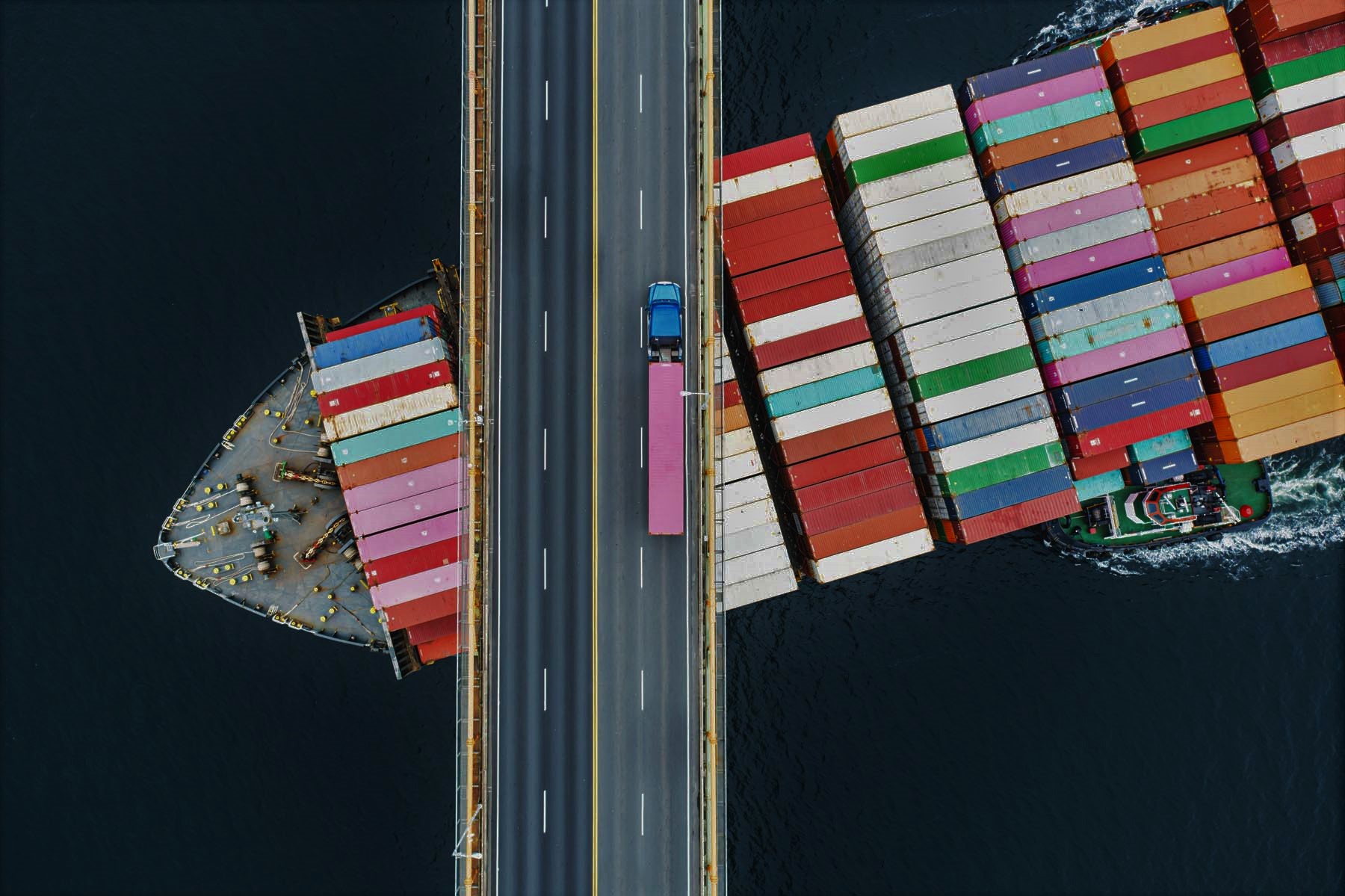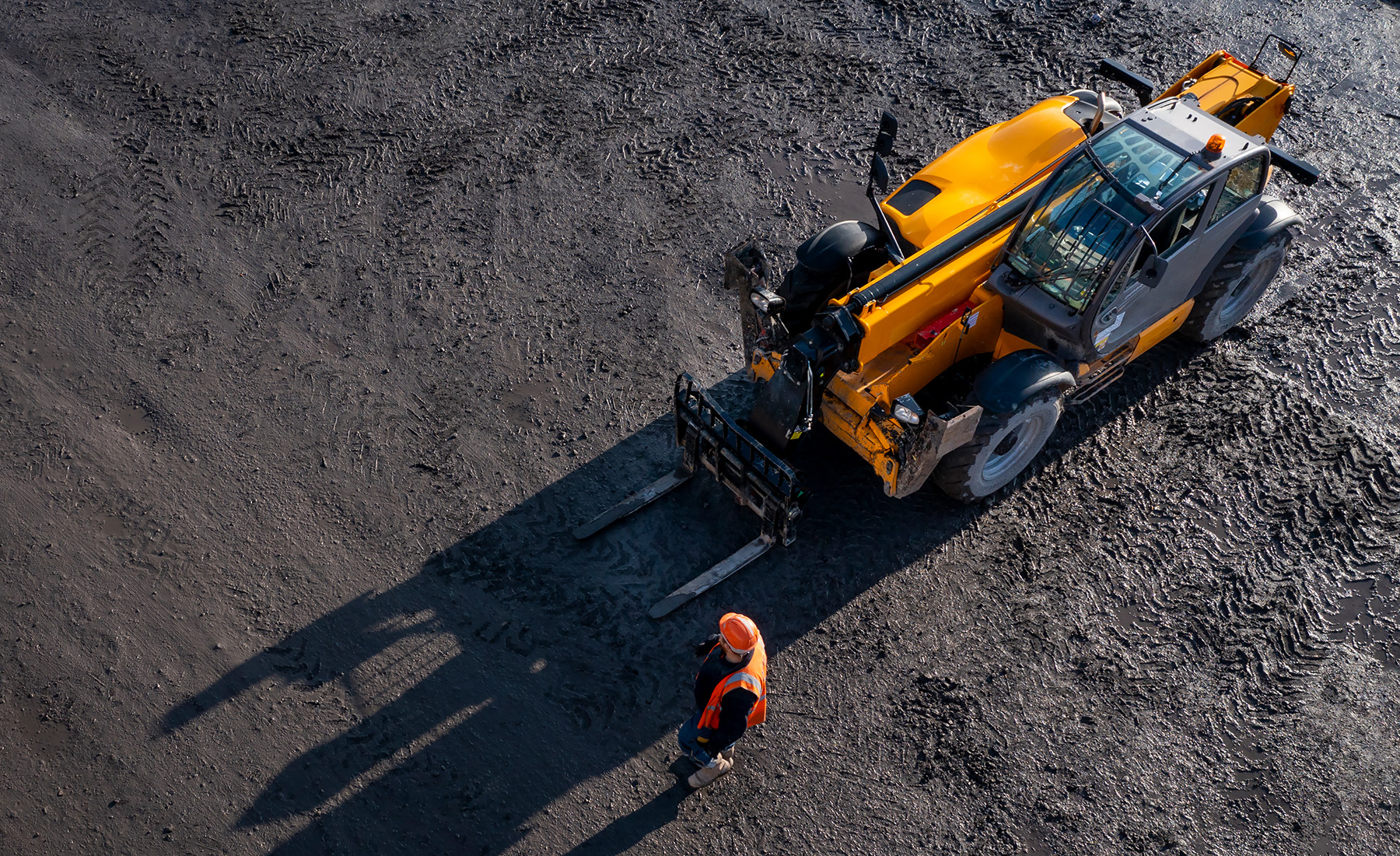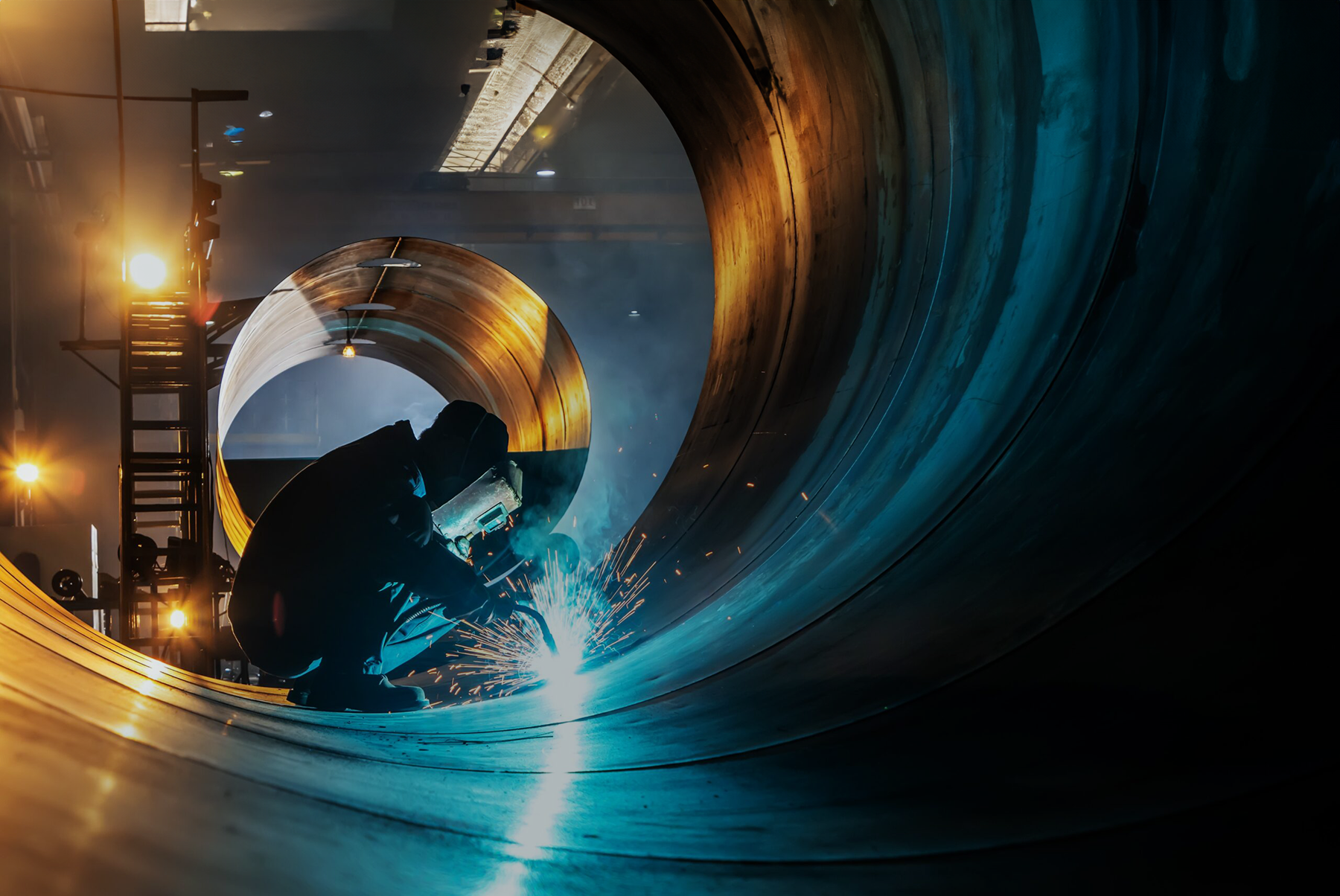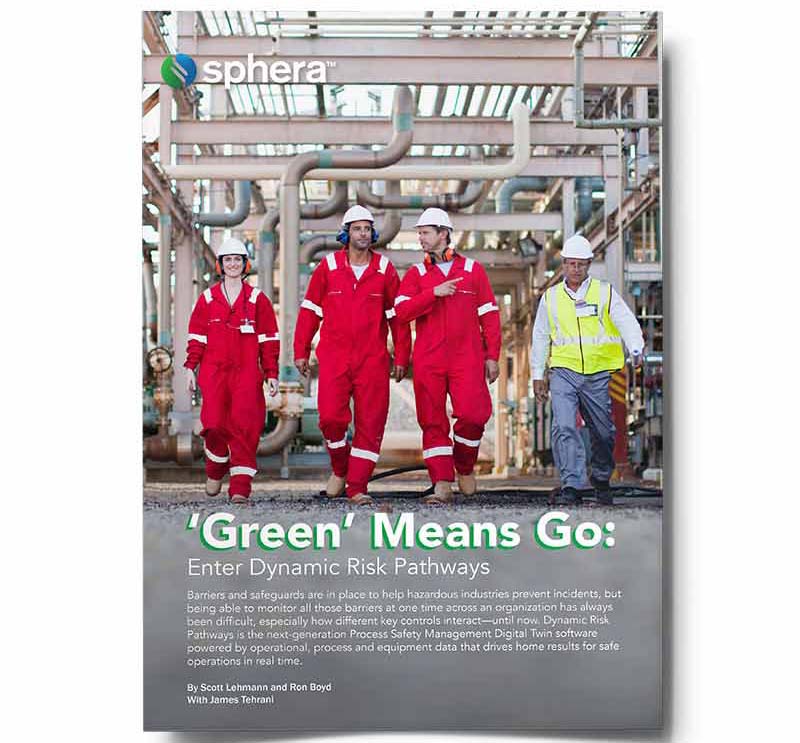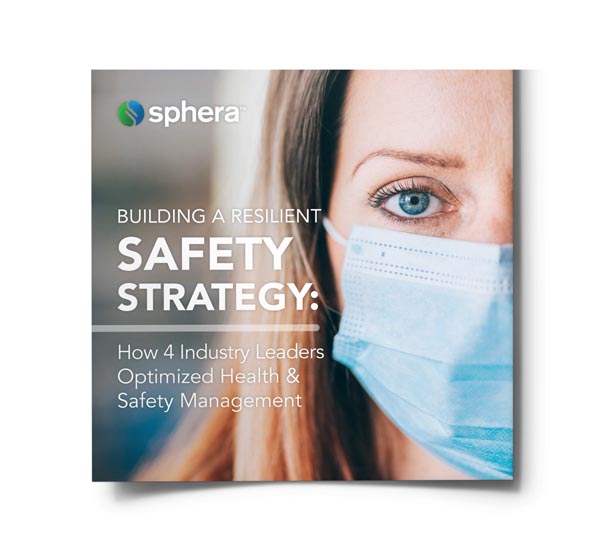Supply chains are an integral part of doing business, and for a business to thrive, its supply chain needs to function with the precision of a Swiss watch. At the same time, supply chains must provide cost efficiencies, which means that labor costs and the costs of raw materials are keenly considered in the mapping of supply chains. Naturally, where labor is concerned, the pure economic decision is for companies to look for suppliers in countries where supply is plentiful and labor costs are low. But it’s not uncommon for these characteristics to exist in countries where worker protection is also comparatively low.
Environments with inadequate or poorly enforced labor laws have often given rise to the use of forced labor and child labor, as well as other human rights violations, with labor abuses often occurring in the production of customer-centric goods such as clothing. When these problems are not addressed, reputational damage, lawsuits and loss of business can result, as well as fines and penalties associated with unethical corporate behavior. Such consequences can even prompt enterprises to shift manufacturing to a different region for the sake of improving the corporate image.
However, supply chains today are very complex. This is especially true when it comes to rare commodities and/or materials that come from specific regions (think semiconductors and solar panels). In this regard, China in particular has received a great deal more attention given its outsized role in global supply chains.
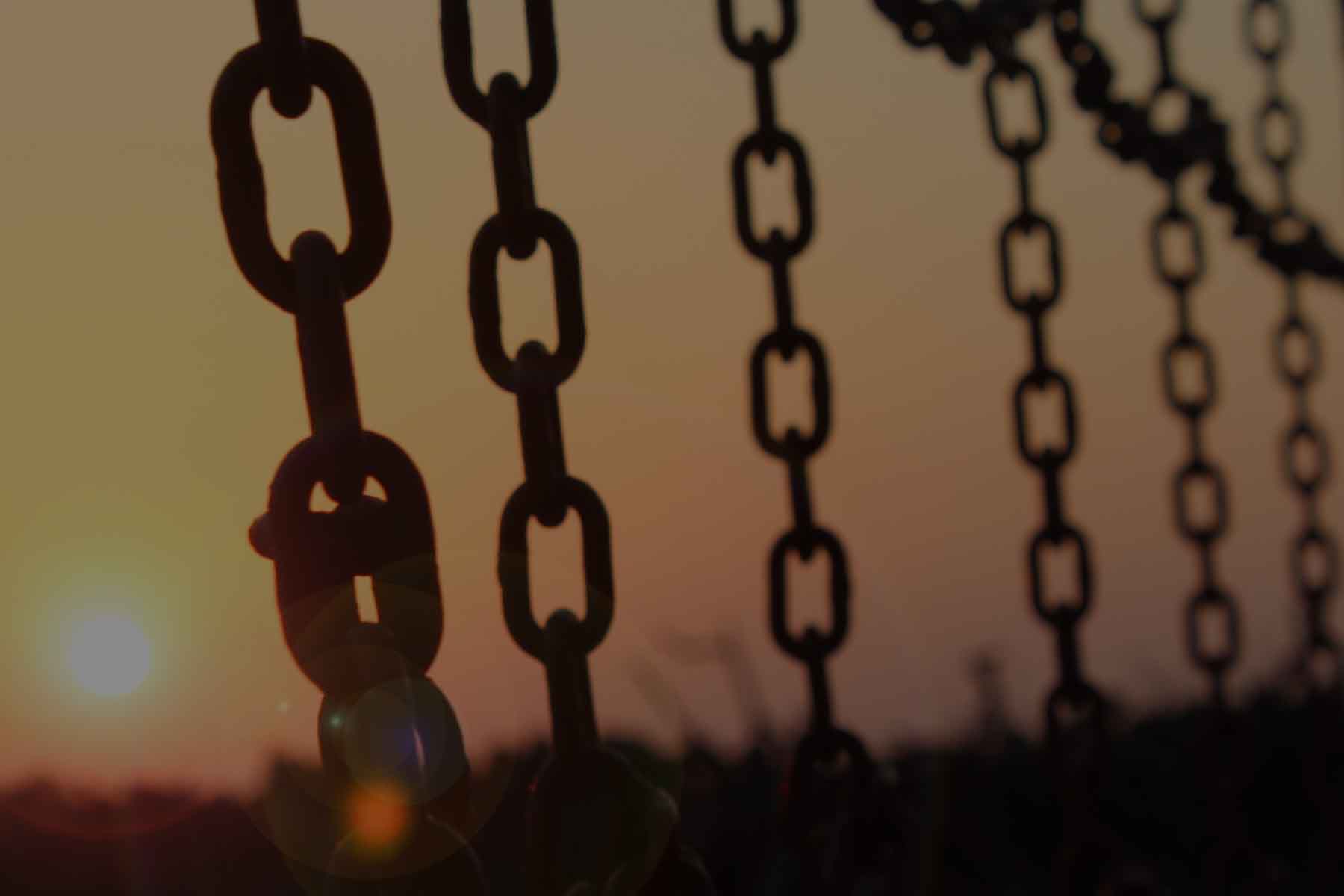
An Evolving Regulatory Landscape
Against this backdrop, supply chains are now under closer scrutiny in many parts of the world, where new regulations are only adding to corporate compliance responsibilities on top of those that have been in place for years. Many of these newer regulations apply not only to the companies based in their jurisdictions, but also to those that do business in them, so businesses need to stay abreast of these developments.
This blog—the first in a series on supply chain regulation—highlights some of the regulatory developments you need to monitor.
EU Ban on Goods Made with Forced Labor
In September 2022, the European Commission released a proposed regulation that bans from the EU market any product made with forced labor. The proposed regulation – COM(2022) 453 – represents the EU’s commitment to achieving U.N. Sustainable Development Goal 8.7, which seeks to “take immediate and effective measures to eradicate forced labour, end modern slavery and human trafficking and secure the prohibition and elimination of the worst forms of child labour…” Modern slavery is a persistent problem – estimated by the International Labour Organization to affect 27.6 million individuals worldwide.
If adopted, the EU regulation will prohibit entities from supplying “a product for distribution, consumption or use on the Union market in the course of a commercial activity, whether in return for payment or free of charge…” if that product has been made with forced labor. Because the regulation applies to imported products, non-EU companies will also be subject to the regulation.
Legal analysis indicates that EU member states may initially focus their enforcement efforts on the textile, mining, agricultural and some service sectors, given more reports of forced labor from these sectors relative to others.
Comments from stakeholders on the proposed regulation have been received, so the Council of the EU and Parliament must now agree on the final text. While it’s assumed that the regulation will be adopted in 2023, the proposal states that the instrument will only apply 24 months after going into force. Concerns have been raised about the length of this transition period, so a shorter transition period may be negotiated during finalization of the text.
U.S. Uyghur Forced Labor Prevention Act
The Uyghur Forced Labor Prevention Act (UFLPA) was signed into law by U.S. President Joe Biden on December 23, 2021, effectively banning goods produced in China’s Xinjiang Uyghur Autonomous Region (XUAR) from entering the U.S. The legislation is based on the “rebuttable presumption” that forced labor is used to mine, produce or wholly or partially manufacture goods made in the XUAR; as such, they are prohibited from entering the U.S. under Section 307 of the Tariff Act of 1930. The presumption does not apply if the Commissioner of the U.S. Customs and Border Protection (CBP) is able to determine that the importer has “… complied with specified conditions and, by clear and convincing evidence, that the goods, wares, articles, or merchandise were not produced using forced labor.”
Guidance is available on how to conduct the human rights due diligence and supply chain tracing needed to prove that goods aren’t from the XUAR, or to prove that forced labor was not used in manufacturing any goods that are from the XUAR.
The Reach of the Uyghur Forced Labor Prevention Act
According to the Center for Strategic and International Studies (CSIS), only 0.01% of total goods entering the U.S. are directly from the XUAR. Yet raw materials and components from the XUAR find their way into a significant number of products that are finished elsewhere in China or are shipped to the U.S. by way of other countries. The CSIS points out that one-fifth of the world’s cotton is grown in the XUAR and much of it is used in products that are finished outside the region. Similarly, nearly half of the world’s polysilicon—in use globally for the manufacture of solar panels—is produced in the XUAR.
So, the list of goods that could be barred from entering the U.S. is longer than you might think. However, the U.S. Department of Homeland Security (within which CBP is the largest federal law enforcement agency) is initially focusing its efforts on four high-risk sectors. The sectors include apparel, cotton, tomatoes and polysilicon; these sectors, excluding apparel, were mandated by the U.S. Congress in the UFLPA.
Start by Gaining Greater Visibility into Your Supply Chain
Disregard for human rights in the sourcing of materials and production of goods is not new. But business leaders now need greater visibility into their supply chains, so they can identify and address any labor-related issues before they become a problem.
Constantine Limberakis, VP, marketing of operational risk management at Sphera, states: “Overall, what we are seeing in supply chains is the global zeitgeist around building ethical and sustainable procurement as part of wider ESG efforts. Laws against conflict minerals, such as the Dodd-Frank Act in the U.S., have been in the books since 2012. These initial efforts were also closely tied to anti-corruption and anti-bribery legislation around the world, including the U.K. Bribery Act and The New French Anticorruption System. However, we are seeing an acceleration of national and international bodies within the industrialized world looking to stamp out unethical behavior in supply chains. To comply with these requirements, companies need digital tools for improved supply chain monitoring and to provide the traceability required by regulatory authorities.”
The proposed EU ban on goods made with forced labor and the Uyghur Forced Labor Prevention Act are just two of several regulations that force companies to uncover unethical behavior and manage risk in their supply chains. Later, we’ll look at the EU Corporate Due Diligence Directive, Germany’s Act on Corporate Due Diligence Obligations in Supply Chains, the U.K.’s Modern Slavery Act and others that should be on your radar.
